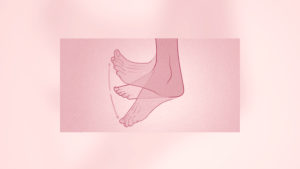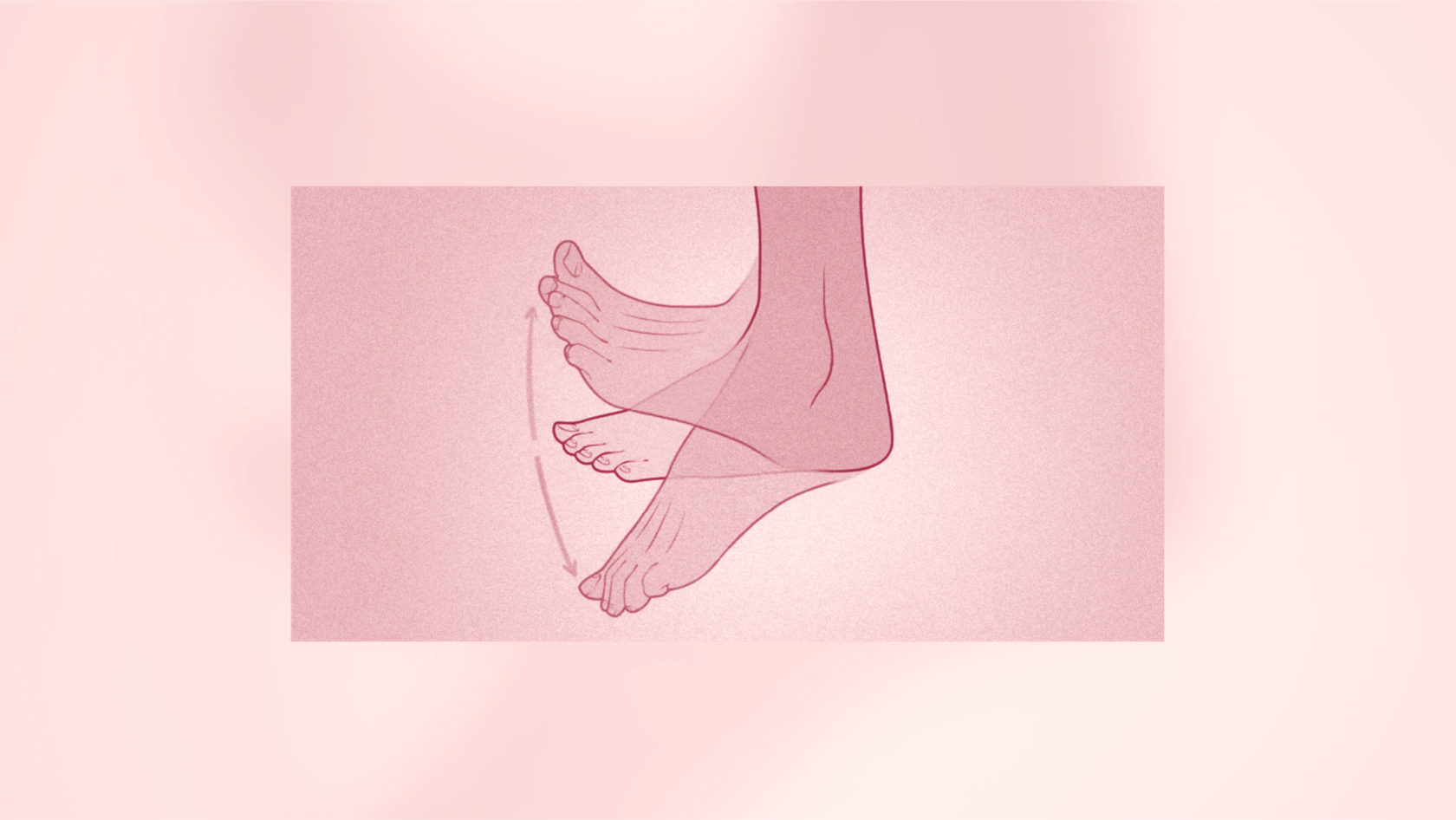It may not be such a good idea to use the phrase “point your toes” in pre-ballet class. How many of us have encouraged our little ones to “point your toes”, and we still don’t see the results we desire? I would argue that the reason for this disconnect is either because they are too young to understand, or because there is a distinction that we haven’t made clear. At a certain point in a young dancer’s training, it is a good idea to explain to them the difference between “pointing your toes” and “pointing your foot”.

Dorsiflexion and Plantar Flexion
Before we dive into what we should be teaching in our classes, let’s review what terms we will be discussing. For my young ones (3 and 4 years), I use the terms “pretty feet” (plantar flexion or pointed) and “stinky feet” (dorsiflexion or flexed) while seated on the floor with our legs stretched out in front, feet in parallel. This silly exercise makes a seemingly basic movement a bit more fun for the littles, and they giggle as they go through it (see the Level 1 Curriculum Book for choreography). Both flexing and pointing are important in ballet, so we always incorporate both ranges of movement into our classes.
When it comes to teaching them to “point”, we should first teach that pointing involves more than just the toes. Pointing the foot, or plantar flexion, is first before we stretch our toes (point), and both must be present in order to classify the foot as “pointed”. Teach them, also, that curling or scrunching the toes is not going to help them to build the muscles they need, especially for pointe work (See “Preparing Little Feet for Pointe”), so they need to understand the concept of stretching the toes very clearly.
Now, very young ones will not be able to fully understand this concept. Your 3 to 5 year olds will still just curl up their toes and think they are “pointing”. So, it may be a good idea to wait to explain this until the students are mature enough to absorb the entirety of this information (around 6 to 8 years old). Otherwise, they may get frustrated that they cannot tell a difference and/or are not able to separate the two physically. Happy muscles and happy brains make for happy students, so let’s not frustrate them unnecessarily (See “20 Ways to Create a Comfortable Class”).
How to Teach Them to Point Their Foot And Their Toes
Have your students take off one of their shoes. For some reason, taking off ballet shoes in class is just a riot for young children. Not sure why, but whatever helps them learn! Doing this helps them to see their toes better since ballet shoes can be a little deceiving. I have them turn to the side (so they can see their profile) and hold their relaxed foot slightly above the ground in front of them. From there, I ask them to show me a pointed foot, but not pointed toes. Then I ask them to do the reverse of that. You may have to do it with them, but after doing this, they can usually grasp what it feels like to point both their foot and their toes.
Though it can sometimes be a little over their heads, children like to understand how their bodies work. At age appropriate levels, explain as much as you can without overwhelming or boring them. (See “Why the Rush?”) They will take home a lot more from each of your classes that way! It may be better to use a combination of terms to express what you want them to do, like “Point your feet and stretch those toes!” Anyone else have some good classroom terminology that works for them?
Related Articles:


Comments
Miss N says
I just found this website, and wanted to note that I call a pointed foot with flexed toes a "Barbie foot." Even pretty young children are able to understand/distinguish this because I usually start by asking who has a Barbie.
(Although I recently found out Barbie will be ditching her improbable relevé for a flat foot, which is great for Barbie, but will soon render this metaphor obsolete!)
Janine Fraser says
Good article. Roni Mahler has a great way to teach this as well. She says "do not point your little toe, only your 4th toe". That immediately solve the sickled foot or curled up toes foot in many cases (until the child forgets of course!).
Add Comment